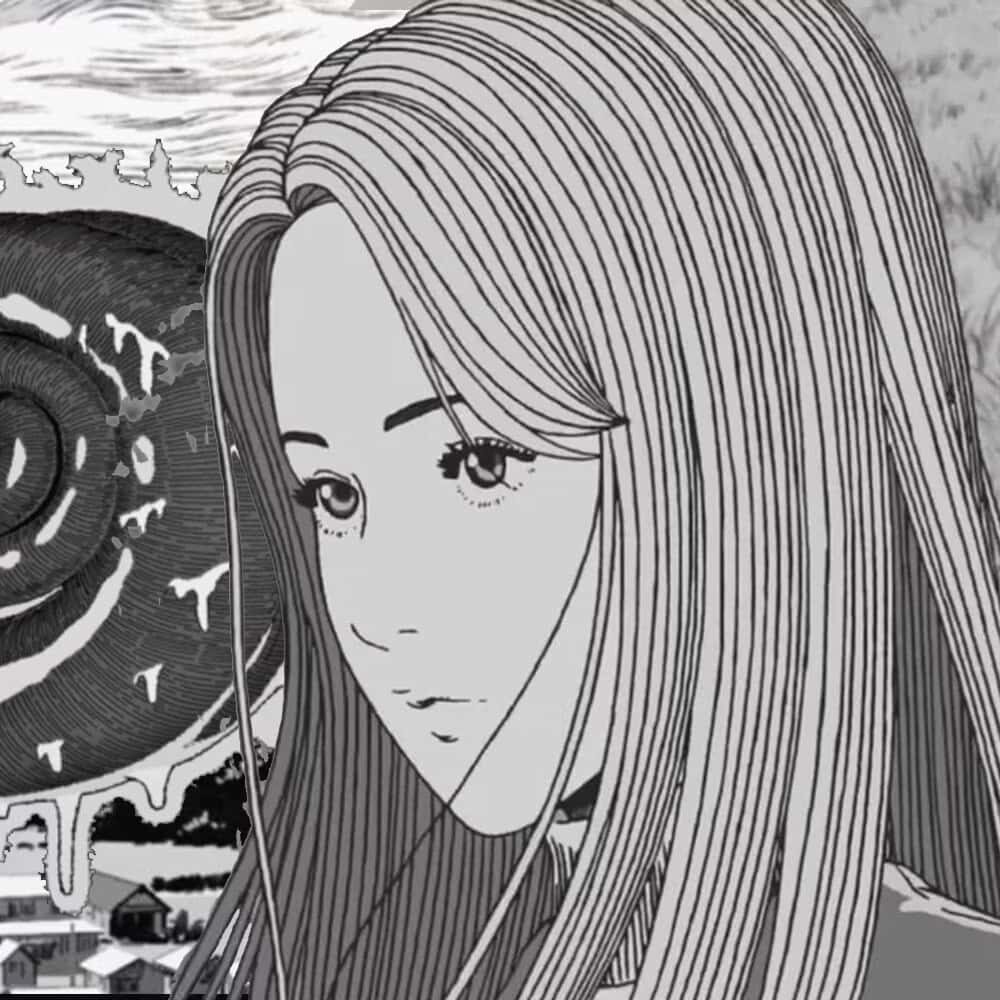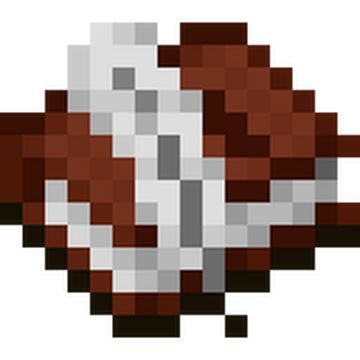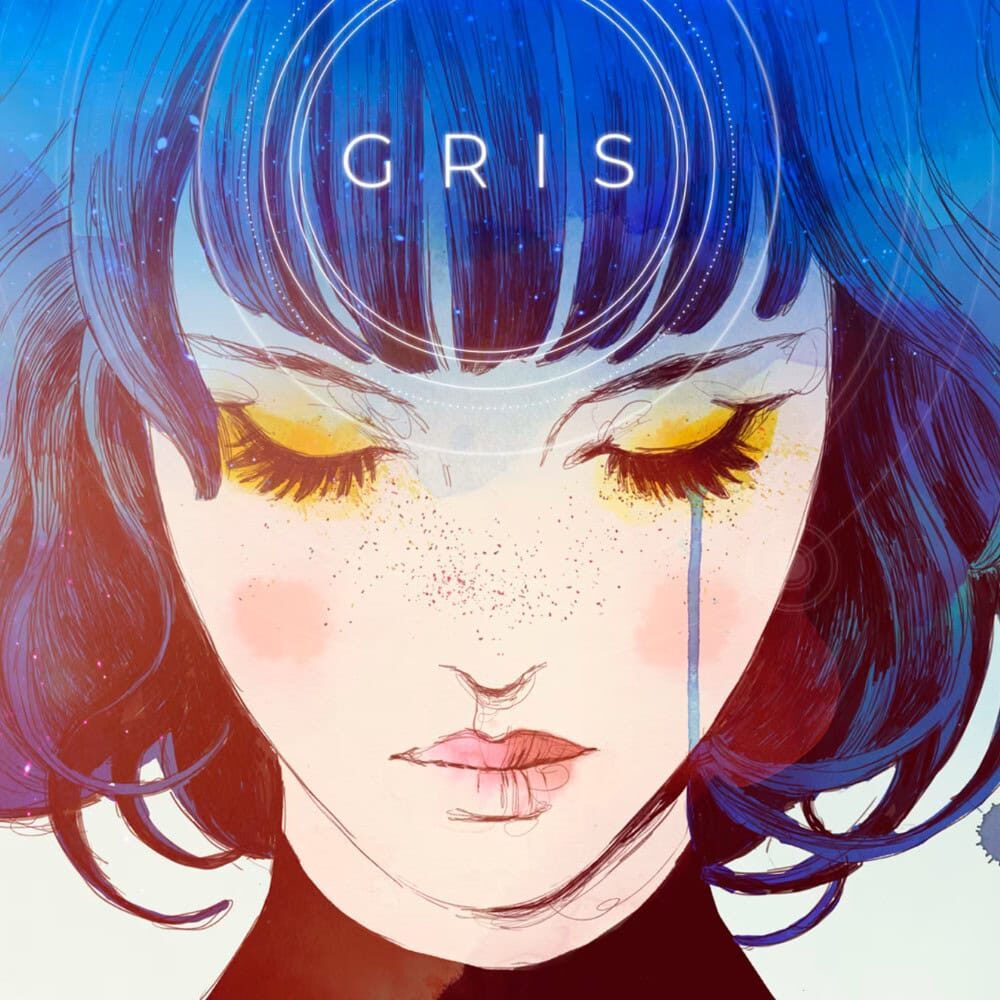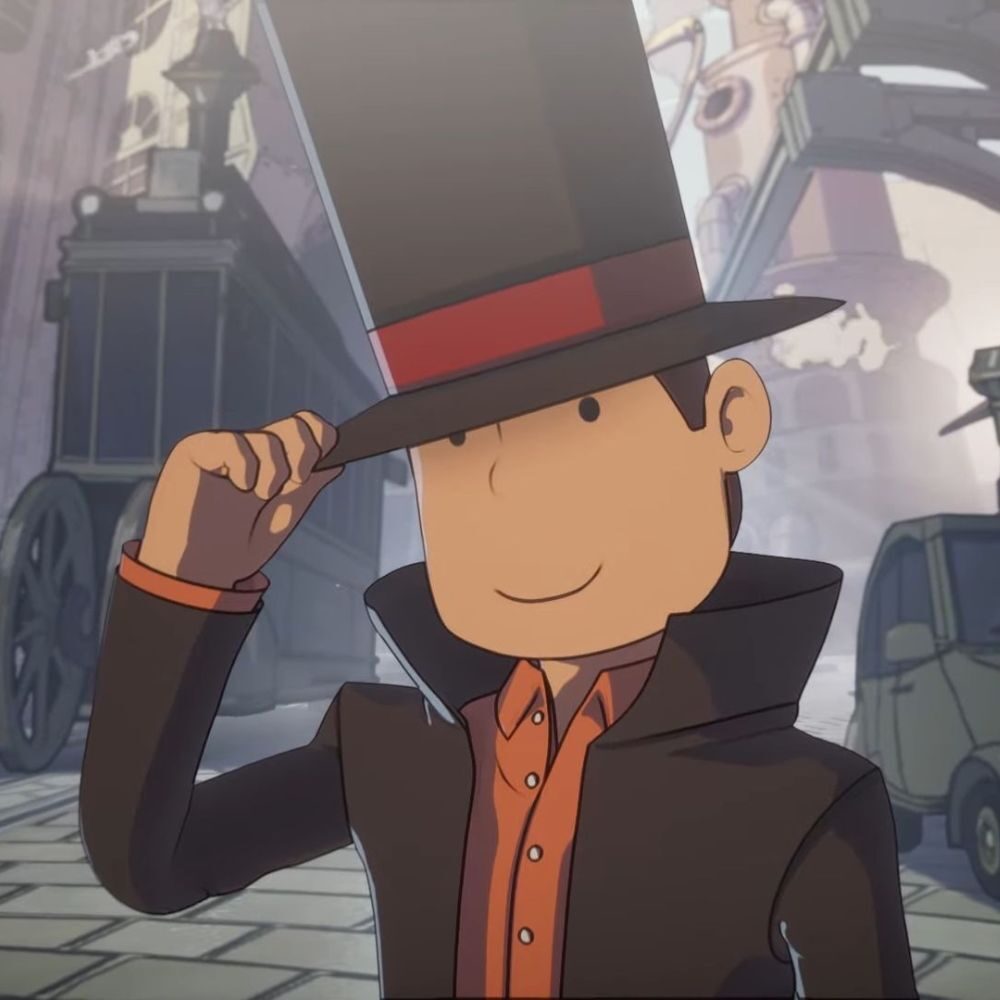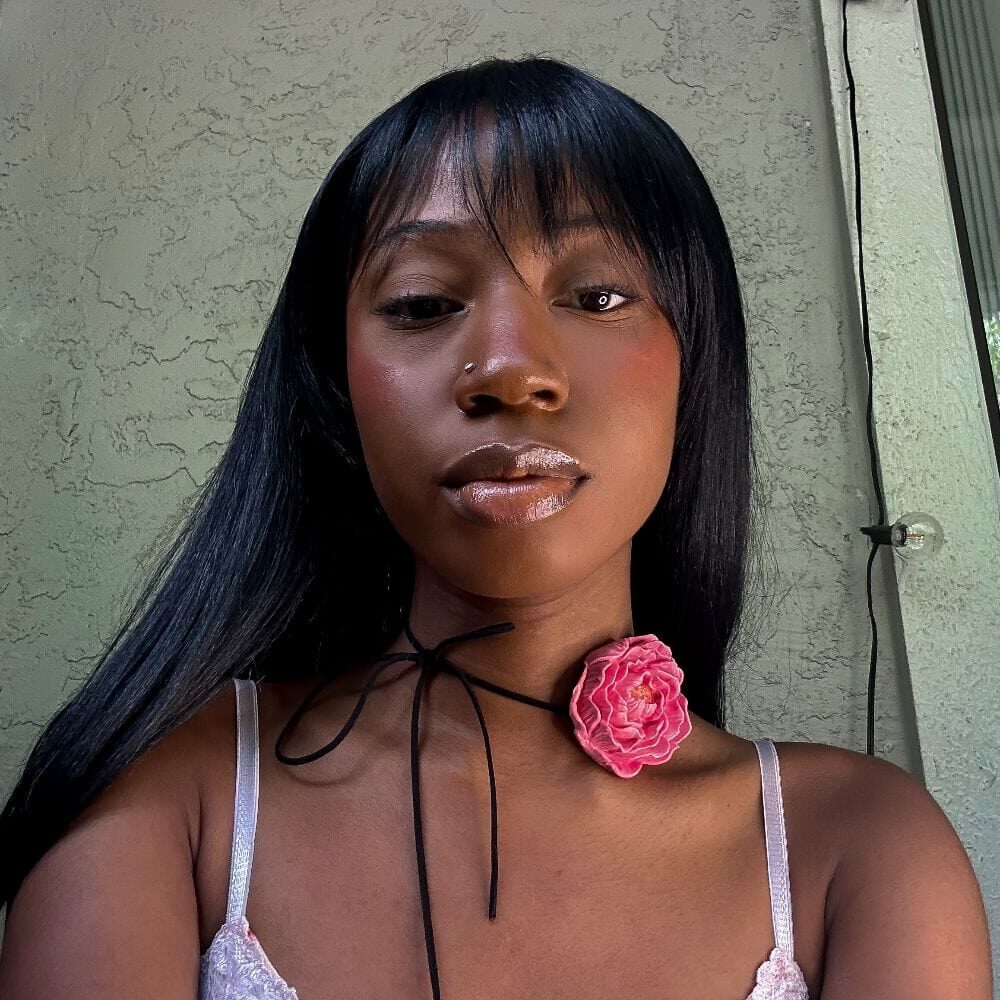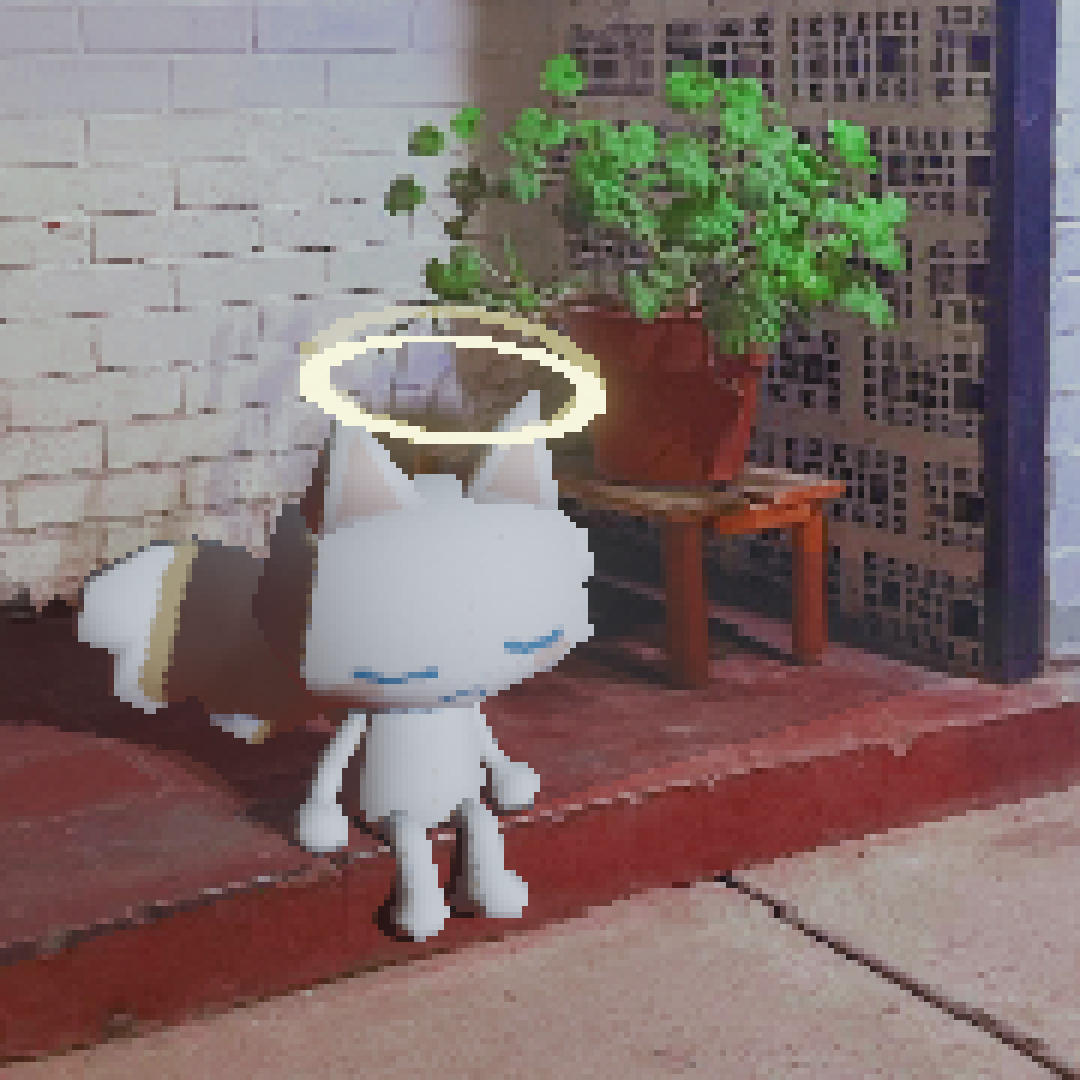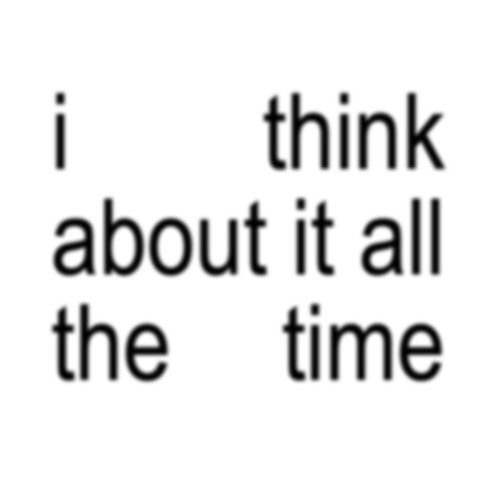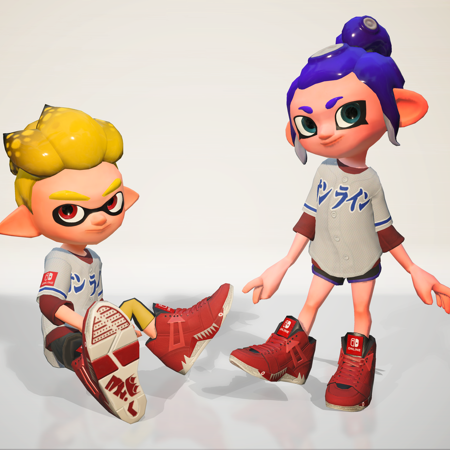
Makeup’s obsession with gaming aesthetics has brought us face-to-face with virtual nostalgia, and it’s more futuristic than ever.
The collision of gaming culture and beauty is redefining the makeup landscape, moving away from traditional glam into something far more digital, sleek, and surreal. As social media continues to serve as a breeding ground for trends, beauty influencers are transforming makeup into a futuristic art form that borrows heavily from gaming’s hyperreal worlds and aesthetics like Frutiger Aero. This resurgence, sparked by a fascination with the gloss and glow of early 2000s tech, speaks to a broader cultural desire for escapism, immersion, and self-expression.
The Frutiger Aero aesthetic, originally born in the early 2000s and found in interfaces like Windows Vista and early Apple designs, is now making a comeback—though this time, it’s found a new home on human skin rather than digital screens. What began as a slick, shiny visual trend in technology has been reinterpreted by beauty creators, from the shimmering sheen of eyelids to holographic highlighter. This aesthetic, with its clean lines, bubble-like textures, and soft gradients, offers a nostalgia-drenched nod to Y2K but with a focus on digital futurism.
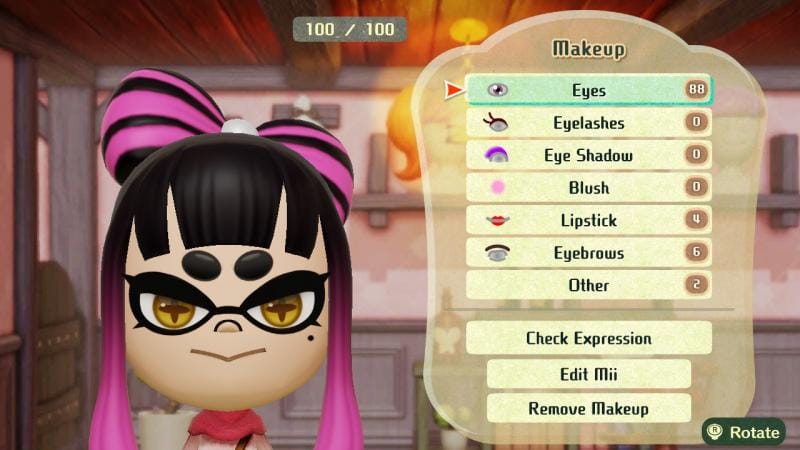
___STEADY_PAYWALL___
In makeup, this translates into looks that are smooth, reflective, and high-shine, perfectly suited for both the glowing, near-fantasy worlds of video games and the hyper-filtered spaces of Instagram and TikTok. It’s the ultimate fusion of retro and futuristic—a maximalist antidote to the past decade’s love for matte, minimalistic makeup. Now, thanks to this aesthetic resurgence, creators are opting for dewy skin finishes, metallic lips, and technicolor eyelids that look more like something out of Final Fantasy than traditional beauty looks.
The crossover between gaming and beauty isn’t surprising—both industries thrive on creativity, self-expression, and the desire to build alternative identities. For many, makeup has always been about transformation, much like the gaming avatars that allow players to reinvent themselves. Now, thanks to the rise of gaming aesthetics, makeup is about becoming a living, breathing character straight out of a pixelated universe. It’s makeup as identity, as escape, and as performance.
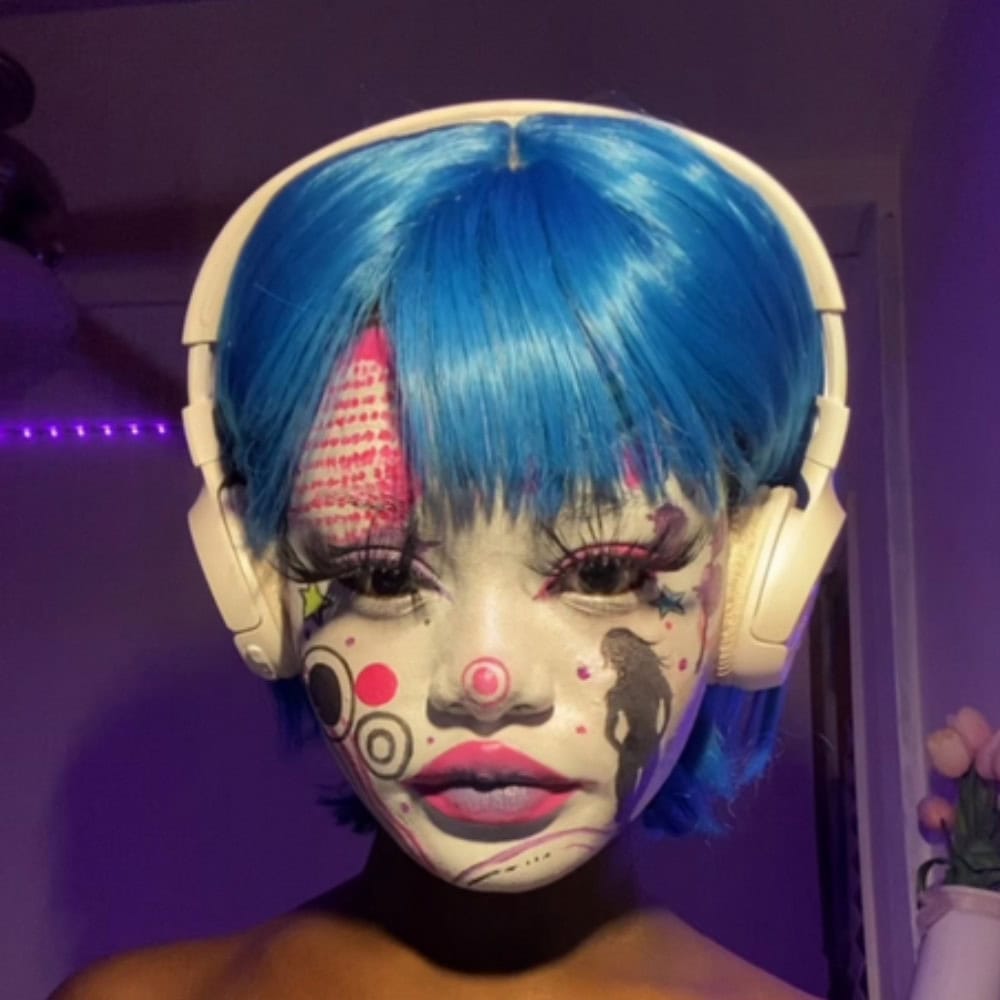
Influencers who frequently post Frutiger Aero-inspired looks on TikTok, are leading the charge in this beauty-gaming crossover. Her high-shine, 3D-inspired eye makeup is unmistakably futuristic, designed to catch the light much like the floating, bubble-like icons of an early 2000s computer screen. Makeup artist Mimi Choi (@mimles) is known for her surrealist, hyper-realistic designs, many of which draw on gaming’s uncanny valley by turning her face into a glitching, disjointed, or geometric virtual canvas.
Another example is TikTok user @valeriya.eros, whose holographic and metallic makeup looks seem plucked from the sleek, dystopian cityscapes of games like Cyberpunk 2077. Valeriya’s makeup artistry reflects an aesthetic that embraces the limitless possibilities of digital and futuristic worlds—looks that transcend traditional beauty standards, making her appear more like a character from an alternate reality. The sense of “otherness” is key to her designs; the goal isn’t simply to enhance but to transport viewers into a cybernetic, otherworldly realm.

It’s no coincidence that the Frutiger Aero-inspired beauty resurgence is happening now. After years of natural, no-makeup makeup trends dominating runways and social media, there’s a hunger for something more. Gen Z and Millennials—both groups who grew up with early tech and gaming—are embracing this aesthetic as a form of escapism, a way to transcend the often overwhelming reality of today. In a world that feels more chaotic and unpredictable than ever, these makeup looks offer a sense of order, shine, and hyperreality.
Jaenide, known on TikTok as @jaen2de, is a talented makeup artist celebrated for her bold and imaginative looks. She masterfully combines vibrant colours and intricate designs, often drawing inspiration from fantasy and futuristic themes. Her work includes elaborate face painting techniques that transform her into stunning, otherworldly characters. Jaenide’s aesthetic captivates viewers, showcasing her ability to blur the lines between makeup artistry and visual storytelling. Through her innovative approach, she invites her audience to explore the limitless possibilities of makeup as a form of self-expression and escapism.
In gaming, players inhabit worlds that are meticulously crafted, where every detail gleams with perfection. The same principle applies to Frutiger Aero makeup. It’s about creating a surface so glossy and perfect that it feels almost untouchable, an avatar-like reflection of oneself in a world that’s anything but smooth. For some, it’s a reaction to the intense scrutiny of social media; for others, it’s a way of reclaiming technology, beauty, and identity all at once.
And it’s not just creators on social media taking notice. Beauty brands are also tapping into the gaming trend, with collaborations like MAC Cosmetics’ Sims 4 collection, which allowed gamers to apply virtual makeup looks in the game, blurring the line between online and offline aesthetics. Meanwhile, companies like Glossier and Huda Beauty are releasing more high-shine, reflective products that cater to this new demand for holographic, metallic finishes that align with the Frutiger Aero and broader gaming-inspired aesthetic.
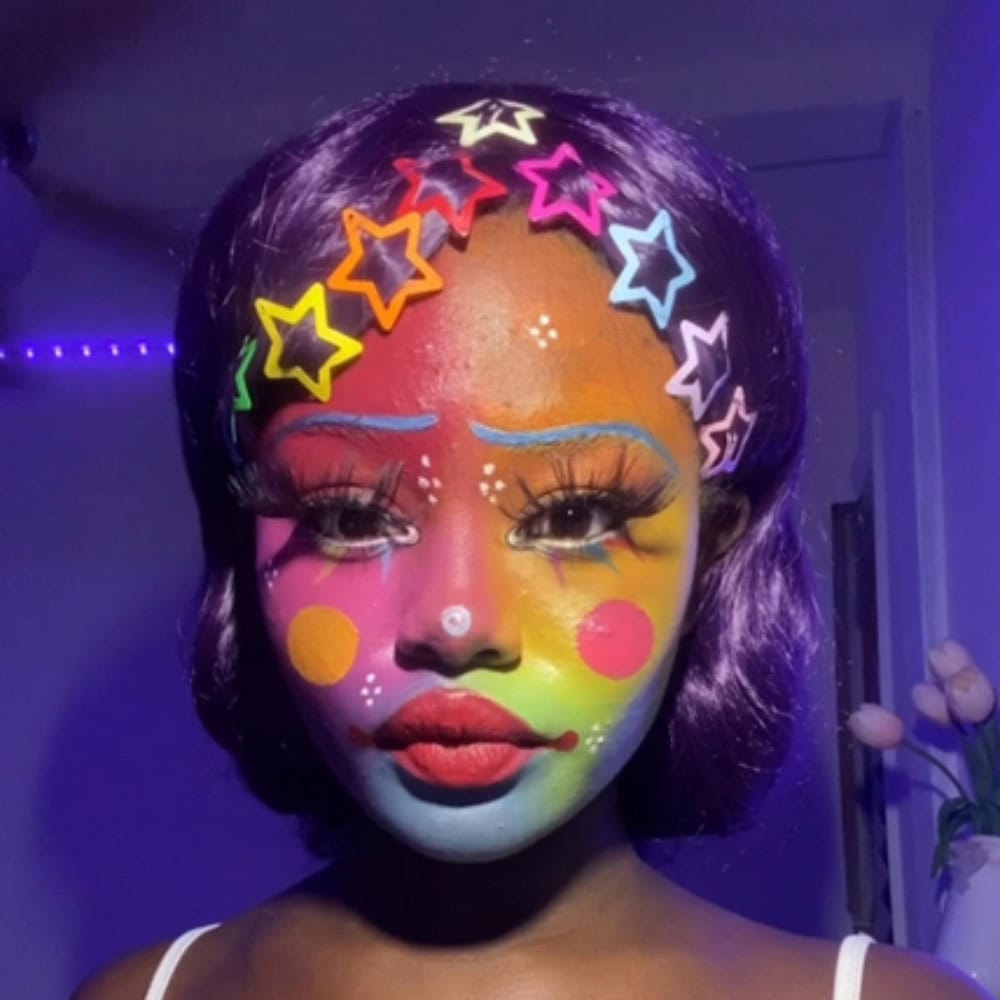
As gaming culture continues to inspire beauty trends, we’re likely to see more of this crossover, where the digital and real worlds fuse into something new and immersive. The virtual has become tangible, and the appeal of creating a look that reflects the shiny, utopian worlds of video games is hard to resist. Gaming makeup isn’t just about aesthetics—it’s about identity, transformation, and pushing the boundaries of what beauty can do.
This isn’t just a trend; it’s a reflection of how deeply embedded technology has become in our sense of self. Whether through avatar creation, augmented reality filters, or experimental makeup looks that mimic the digital landscapes of games, the way we express ourselves is changing. The only question now is: where will this digital beauty journey take us next? Will our faces become screens for personal expression, or will the next evolution of this aesthetic take us even deeper into the uncanny valley? Only time, and technology, will tell.
Enjoyed this story? Support independent gaming and online news by purchasing the latest issue of G.URL. Unlock exclusive content, interviews, and features that celebrate feminine creatives. Get your copy of the physical or digital magazine today!



